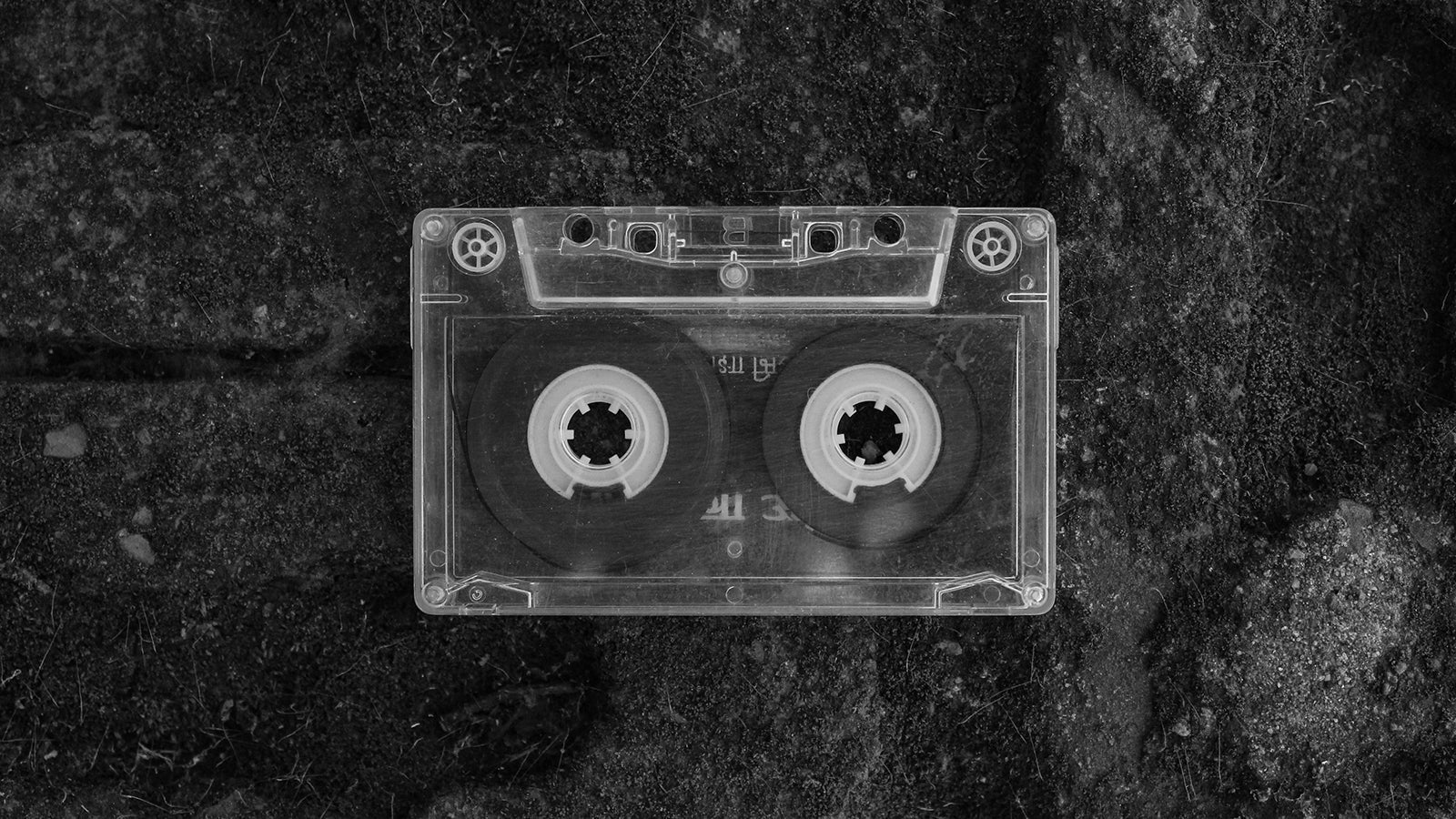A few weeks ago, one of my friends told me that he was going on what can only be described as a bohemian camping trip across Europe after taking a year off to “find himself.” For the next twelve months, he would be living in a Volkswagen Campervan with only an old-fashioned front-loading tape player for company. So, I decided to make him a mixtape. One for the road, as it were.
I pulled out a box of tapes from under my bed. As soon as I blew the dust off an old TDK-D-90, I felt like I was transported back to my youth. I used to listen to John Peel on the radio when I was a teenager, my fingers twitching over the stereo’s record and play buttons, waiting anxiously for the newest session track from Tad or Shellac. Peel knew his listeners and would regularly pause to ensure we didn’t miss anything.
There’s an art to making a mixtape. Luckily, my years of home taping have given me a unique set of skills. I can create an excellent mix tape with just a pencil and a few inches of gaffer tape. For the uninitiated, never, ever use a BASF-120. They might add an additional thirty minutes of music to your compilation, but it’s a trade-off. The thin tape in the deck always ends up twisted. We refer to this as “tape salad.” This can be solved with a pencil.
You must cover the write-protect tabs when recording over an old tape. Although you can get away with filling the space with a little piece of crumpled-up paper, this is where the gaffer tape comes in. Perfectionists don’t want partially removed adhesive tape to ruin their masterpiece.
Of course, you cannot just put any old song on it. The person you are making it for must be known to you. A mixtape is, therefore, personal. Making something for someone has more emotional weight than just clicking “buy” on Amazon. When we parted ways for the summer break in high school, I recall recording a cassette for a girl I liked. Completely filled with soppy post-rock, it had stickers all over it, and I had created the cover art. If this experience has taught me anything, it’s that nostalgia can wield a lot of power. And it affects everyone.
The once-ubiquitous Sony Walkman’s appearance in several well-known films and television programmes has influenced demand. Whether it’s Max on Stranger Things listening to Kate Bush tapes or its appearance in The Last of Us, retro chic has transformed the humble cassette.
From relative obscurity ten years ago, cassettes are now selling in large quantities. Sales reached a record high of 195,000 in 2022, the highest in 20 years. And supply exists wherever there is demand. In the UK, there are now 461 independent record stores, up 36 percent from ten years ago. I am blessed to live in a city that has (in my humble opinion) one of the best in the country.
SoundClash opened in 1991. For more than twenty-five years, its distinctive decor has drawn me through its doors. Aesthetically, it feels more like a student’s digs than a business. The size of a small bedroom, its heavily graffitied walls and lined with racks of old shelves. This is where my tape and vinyl obsession began.
Few cultural pursuits are as enjoyable as browsing independent record stores. My heart pounds at the prospect of finding something new amidst stacks of old vinyl. Decades of research have shown that when someone acquires ownership of an item, its value rises. Put simply, we value what we own. This is referred to as the endowment effect in psychology.
I know that this ode to plastic is a little sentimental. It’s a drop in the ocean when it comes to the world of music consumption. Less than ten percent of all music sales worldwide are in physical form. Furthermore, the £311 million in sales in the U.K. pales in comparison to the £2.2 billion in streaming sales.
However, nothing will ever compare to the profound joy of analogue, whether it’s the unique musty aroma of an old dust jacket or the click of the needle dropping onto the vinyl. This is a format that has soul.

